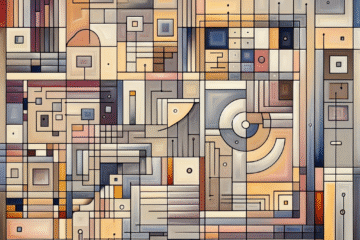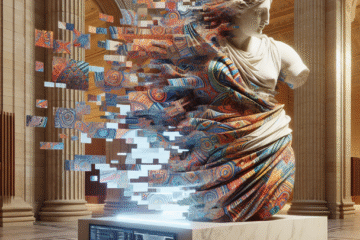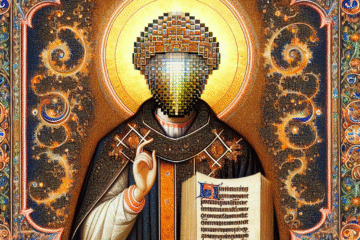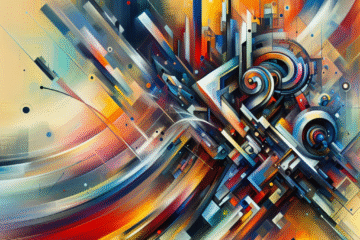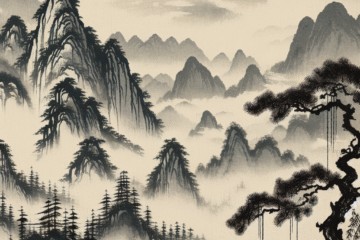This Is Not a Brushstroke: Conceptual Painting After Magritte
Image title: Portrait of Napoleon I Medium: Wool, silk, silver-gilt thread (26-28 warps per inch, 10-12 per cm.); gilded pine frame Date: designed 1805, woven 1808–11 Source: The Met Collection “ This world, after all our science and sciences, is still a miracle; wonderful, inscrutable, magical and more, to whosoever will think of it. ” — Thomas Carlyle This Is Not a Brushstroke: Conceptual Painting After Magritte Introduction: The Pipe That Wasn’t René Read more…
